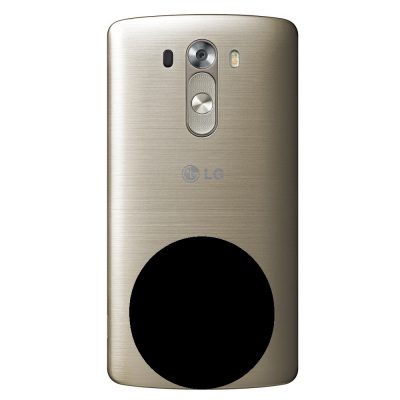> When the metallic anti-radiation sticker is attached to a mobile phone (often in front of the integrated antenna), the signals received by the mobile phone mast are weakened so the mast requests an increase in the phone’s emission power.
> In the same way, the signals received from the antenna are also weakened so the phone requests an increase in the mast’s transmissions. Mobile phone systems work that way.
> The rate of attenuation announcedby the manufacturers (over 99%)does not correspond to reality!
> In practice, with or without a sticker, the actual emission power measured around a mobile phone remains practically identical and is sometimes even more important when, for example, telephone calls are made in 3G. None of the stickers tested for mobile phones offer the user any protection and I have never recorded any significant decrease in the levels of radiation measured.

